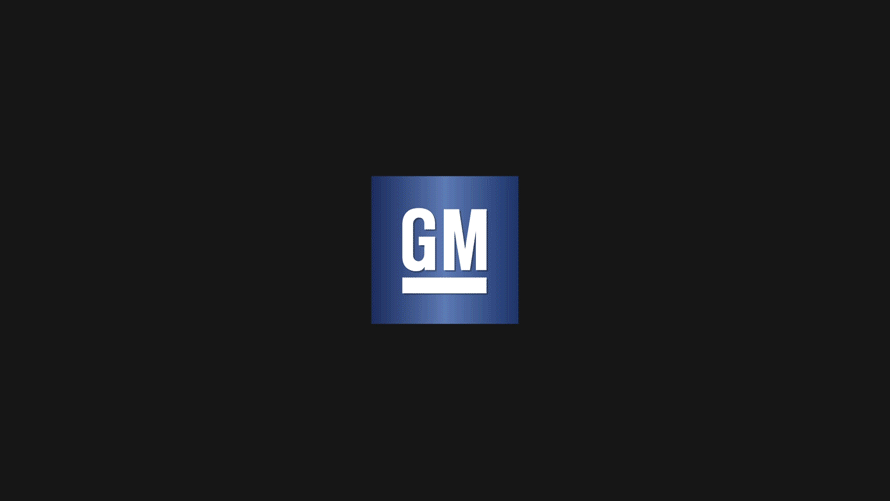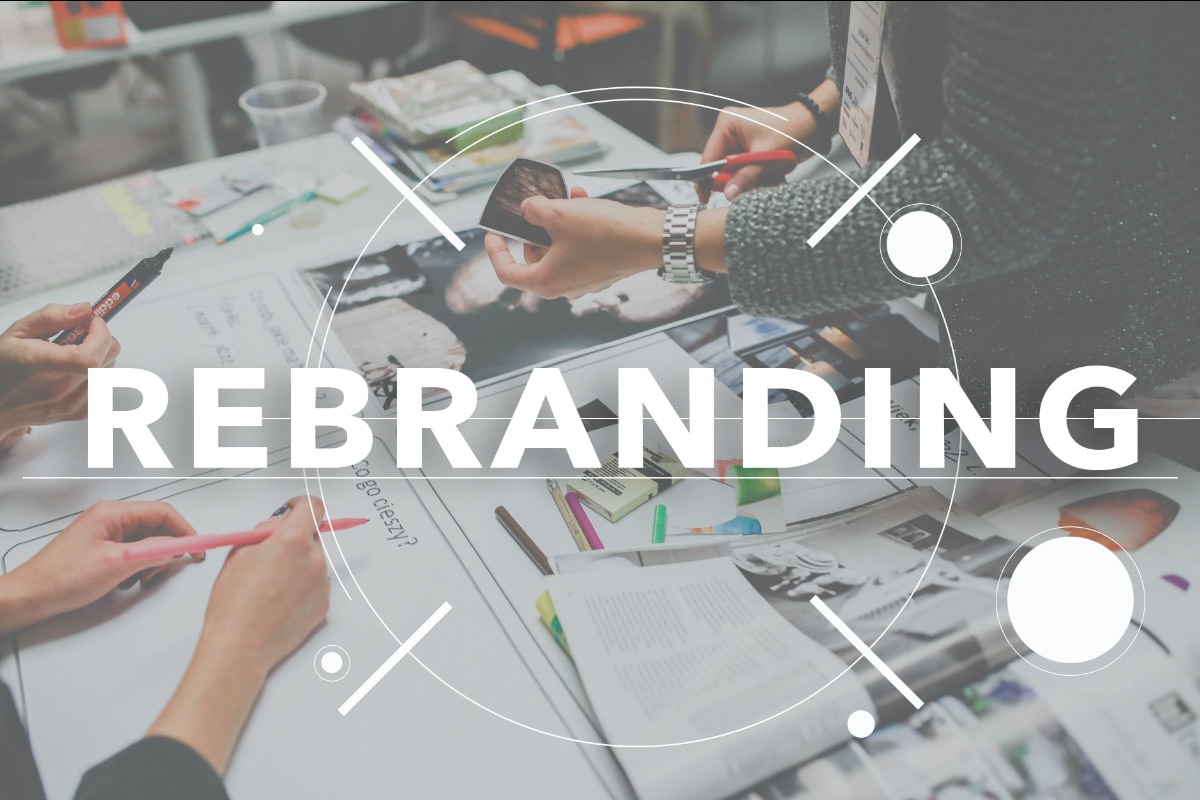What’s With All the Rebrands?
At the end of last year and moving into 2021 there’s been a flurry of corporate rebranding moves by some very big companies. Everyone from Target to GM to Pfizer has shifted their look, rebranded, and created or updated a new brand story around this. Many of them are recognizing they need to live in the digital space and stand out and be consumer-friendly, which was Burger King’s rationale for a new look. What’s with these rebrands? It seems oddly coincidental, but is it?
Brands are reflection of place and time
The reality around branding and rebrands, in general, is that brands live in the real world and respond to it. I think this push is part of a longer-term business strategy. B2C and B2B companies are anticipating gradual changes in business sentiment and consumer perceptions as our economy recovers, people go back to work and the effects of the pandemic subside. This time offers the opportunity for re-engagement and being able to connect in new ways. Rebranding signals these business shifts and draws the attention of both markets and the media.
This is a world of consumer and media perceptions. It’s an understatement to say that in the last 12 months the entire planet has experienced major, dramatic impacts from the COVID pandemic as it affected work, gatherings, travel, and, most critically, health and illness. This disruption in how people think and feel has changed perceptions of the world around us.

Consumers and brand behavior evolve together
A current Pew Research study ranks priorities and concerns of Americans. We’re focusing on our personal needs first— economic security, ending the pandemic, and jobs.
In unstable times brands that understand their customers and audience shift their brand message to adapt and keep relevance. By acknowledging this they keep their customers loyal and connected. This just reaffirms that brand logos, brand stories, and consumer experience are tightly connected to brand experience and connections we make as consumers.
When the world shifts, consumer sentiment goes with it
When GM announced its identity update, they said this shift to lower-case lettering was intentionally less bold, more friendly and more accessible. Target said almost the same thing with its very similar lower-case target, now more approachable and friendly, almost like something you’d see in elementary school. This shift to new looks, and updated brands is all about humans and the economics of their behavior and emotional actions when they see brands.
Three major reasons for rebranding now
I believe there are three major reasons for this dramatic increase in rebranding. First understanding your customers are seeking a sense of comfort and security with their trusted brands. This is especially true with consumer brands such as Target, and Burger King which shifted to a more approachable use of type.

Second, a refocus on what the brand is about. Innovation is at the core for both GM and KIA who each rebranded this year. They’re implying that their dramatic new logos position them as leaders in technology with onboard computers, integration of AI, and electric and hybrid systems that will shape the future of the auto industry.
Lastly, companies that want to establish leadership. This is definitely what Pfizer is saying. Their brand update and announcement came at the same time as the release of their vaccine. They were clearly saying they are a global leader by introducing one of the first COVID vaccines.

Perhaps it’s time to consider rebranding
Brand leaders big and small understand this sentiment and constantly monitor how they are perceived by customers, the community, and society.
It might be time to reevaluate your brand and move forward with rebranding efforts as our world continues to shift and adapt, gradually recovering from the dramatic world of 2020. Think about what you want to say to your market, your customers. It’s a time to lead with new ideas and demonstrate your story through the new brand you create.
Ask yourself these four questions for 2021:
1- Have clients and customers struggled with shifts in their businesses and lives?
2 – Is my company/firm looking at how we can offer new services?
3 – Are we, as a company, re-evaluating our purpose and focus?
4 – Do we anticipate expanding opportunities and growth this year?
How you respond to these questions will tell you the moves you need to make in revisiting your brand, your business model, and your connections to your market. Evaluating how you approach this, the strategy that aligns your rebranding effort can accelerate your growth in 2021.
